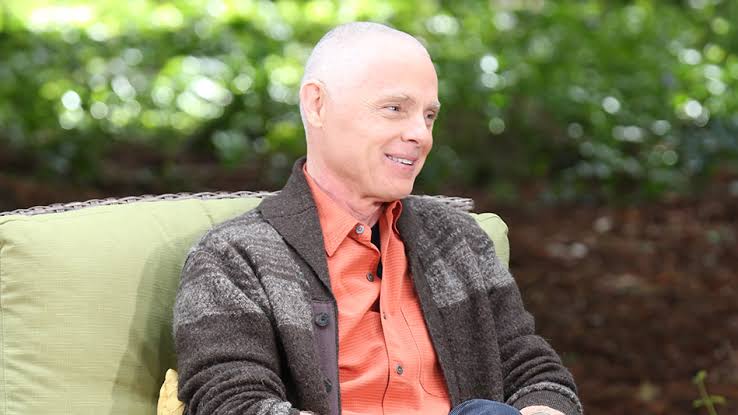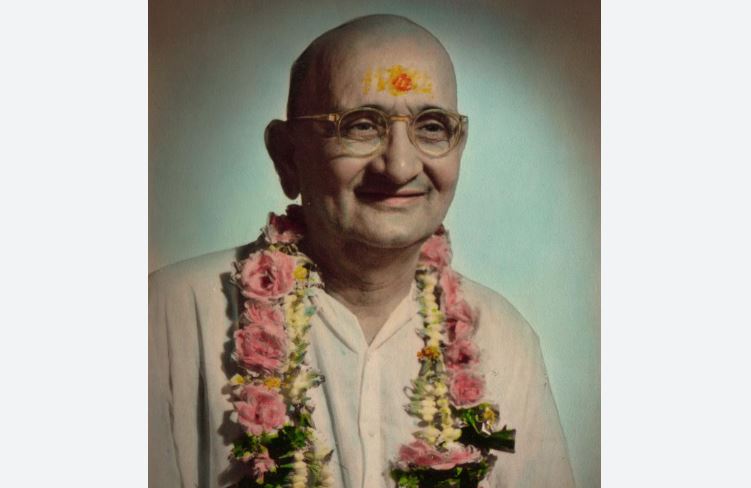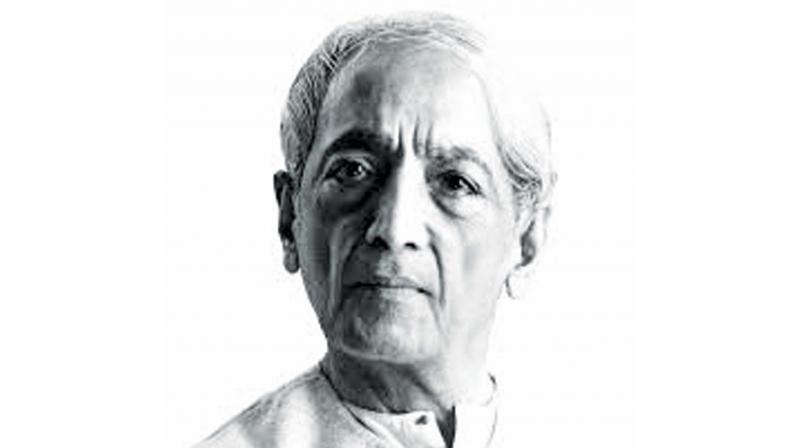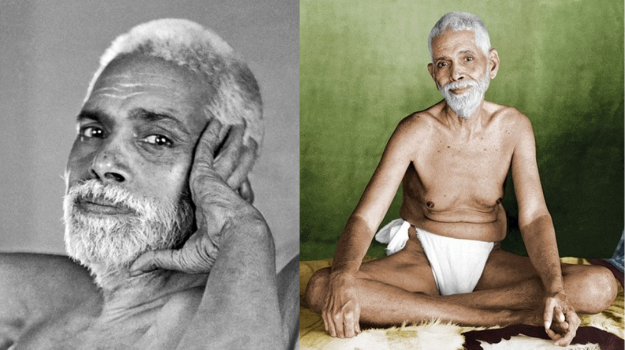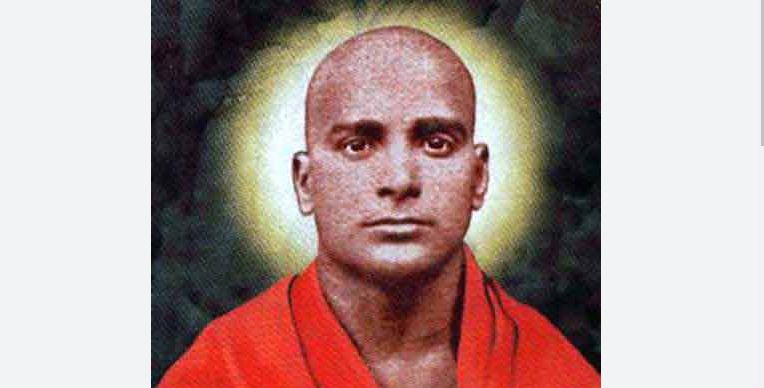Adyashanti
True meditation has no direction or goal. It is pure wordless surrender, pure silent prayer. All methods aiming at achieving a certain state of mind are limited, impermanent, and conditioned. Fascination with states leads only to bondage and dependency. True meditation is abidance as primordial awareness.
True meditation appears in consciousness spontaneously when awareness is not being manipulated or controlled. When you first start to meditate, you notice that attention is often being held captive by focus on some object: on thoughts, bodily sensations, emotions, memories, sounds, etc. This is because the mind is conditioned to focus and contract upon objects.
Then the mind compulsively interprets and tries to control what it is aware of (the object) in a mechanical and distorted way. It begins to draw conclusions and make assumptions according to past conditioning.
In true meditation all objects (thoughts, feelings, emotions, memories, etc.) are left to their natural functioning. This means that no effort should be made to focus on, manipulate, control, or suppress any object of awareness. In true meditation the emphasis is on being awareness; not on being aware of objects, but on resting as primordial awareness itself. Primordial awareness is the source in which all objects arise and subside.
As you gently relax into awareness, into listening, the mind’s compulsive contraction around objects will fade. Silence of being will come more clearly into consciousness as a welcoming to rest and abide. An attitude of open receptivity, free of any goal or anticipation, will facilitate the presence of silence and stillness to be revealed as your natural condition.
As you rest into stillness more profoundly, awareness becomes free of the mind’s compulsive control, contractions, and identifications. Awareness naturally returns to its non-state of absolute unmanifest potential, the silent abyss beyond all knowing.
Less & less technique
It is perfectly OK to use a more directed technique such as following your breath, or using a simple mantra or centering prayer, if you find that it helps you to not get lost in thought. But always be inclined toward less and less technique. Make time during each meditation period to simply rest as silent, still awareness. True Meditation is progressively letting go of the meditator without getting lost in thought.
If an old painful memory arises during meditation, simply allow it to arise without resisting it or indulging in analyzing, judging, or denying it.
It is useful when experiencing fear in meditation to anchor your attention in something very grounding, such as your breath or even the bottoms of your feet. But don’t fight against the fear because this will only increase it. Imagine that you are the Buddha under the Bodhi tree, or Christ in the desert, remaining perfectly still and unmoved by the body-mind’s nightmare. It may feel very real but it is really nothing more than a convincing illusion.
If you get an insight or sudden understanding of a situation during meditation, simply receive what is given with gratitude, without holding onto anything. Trust that it will still be there when you need it.
If the mind keeps forming images, some favorable and some annoying, just focus attention on your breathing down in your belly. This will help you to not get lost in the images of the mind. Hold the simple intention to rest in the imageless, silent source prior to all images, thoughts, and ideas.
Adyashanti is an American spiritual teacher and author from the San Francisco Bay Area who offers talks, online study courses, and retreats in the United States.

